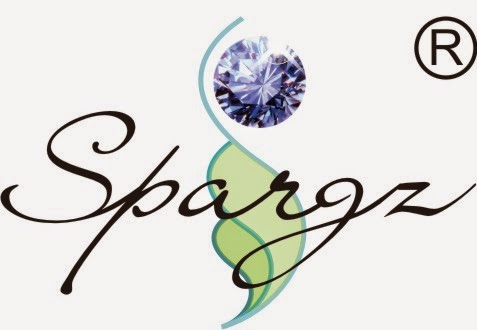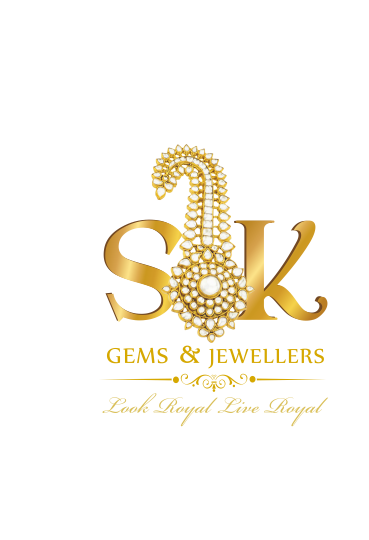It is not easy to design logos. Even
the most respected designers in the industry encounter challenges when it comes
to creating highly professional and effective logos for their clients. All
logo designers know and value the importance of a professional logo to any
business, large or small.
Jewellers often tend to overuse
elements while deciding upon a logo. Though it represents the company, it tells
their story and symbolizes their brand to the world. They often fall victim to
mistakes done by a logo designer. A jeweller, like any other businesses, should
focus more on corporate essence whilst designing the logo. This is because a
good logo elevates the brand assets. Few of the mistakes that can be avoided in
a jewellery brand’s logo are listed below:
Hollow
Taglines: We have observed that every
jeweller has a fetish to use a tagline. It may seem like a good idea to add a
creative content. However, it could prove to be less helpful if the tagline
doesn’t relate to what you do or act as sub-title or if it’s too long. The
focus should be more symbolic with minimal message. The tagline need not be a component
of the logo. However, it can be used more effectively along with the logo as a
brand marketing tool.
Typographic
confusion: Typography is one of the most important components in logo design. We still
see designers stumble upon this error, either by choosing inappropriate fonts
or imbalance in font weights and spacing between them, and much more. Almost
every page that you read on-line on logo
design mistakes to be
avoided, typographic issues is one of the core concerns upon which the authors
and acclaimed graphic designers have raised their voice. I pick two important
ones which can deteriorate the value of a jewellery brand’s logo.
Typefaces : From a jeweller’s point of view, they should avoid logos which contains too many varied fonts. Three, four or even more fonts in the same design are over-complicating and simply create confusion. Different fonts can take away attention from the logo and has a lesser retention value.
Extremities of Weights : Fonts can be thin, fat, italicized, bold, super
fat, etc. There is a certain fundamental which has been observed, that is,
excessively thin fonts can look glamorous. Super fat fonts can be playful and
bold. However, for the majority of logos, a better balance needs to be struck
between message and legibility; which is what a jewellery brand needs - Look
Glamorous and Corporate.
Complexity: We need to decide whether
you want a logo or a graphic image. Clip arts, images, several colour
combinations clutter the logo. They can be used creatively in advertisements. Further
using effects such as gradient, shadowing and embossing can look pretty on the
page, but they are difficult to reproduce on different materials (corporate
identities). Complex logos can also come off to customers as confusing and too
complex for them to decipher.


Lacking
Adaptability and Scalability: Keep in mind that your logo will need to be transferable
across a range of different mediums. Make sure that the colours, size and
overall design work on printed materials such as corporate
identities,
packaging, advertisements and clothing. It must also work across various touch
points technology such as websites and mobile sites. Don’t create a logo that
relies solely on stylization or fancy effects to get the message across – it
must work in the simplest of forms.


